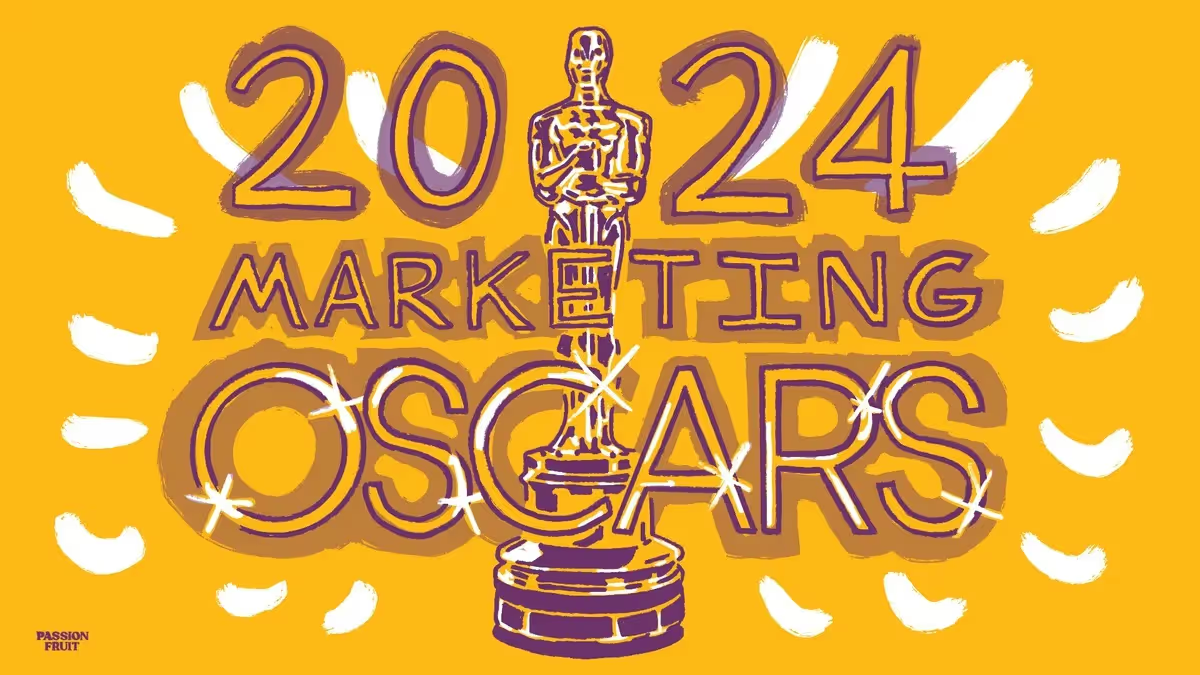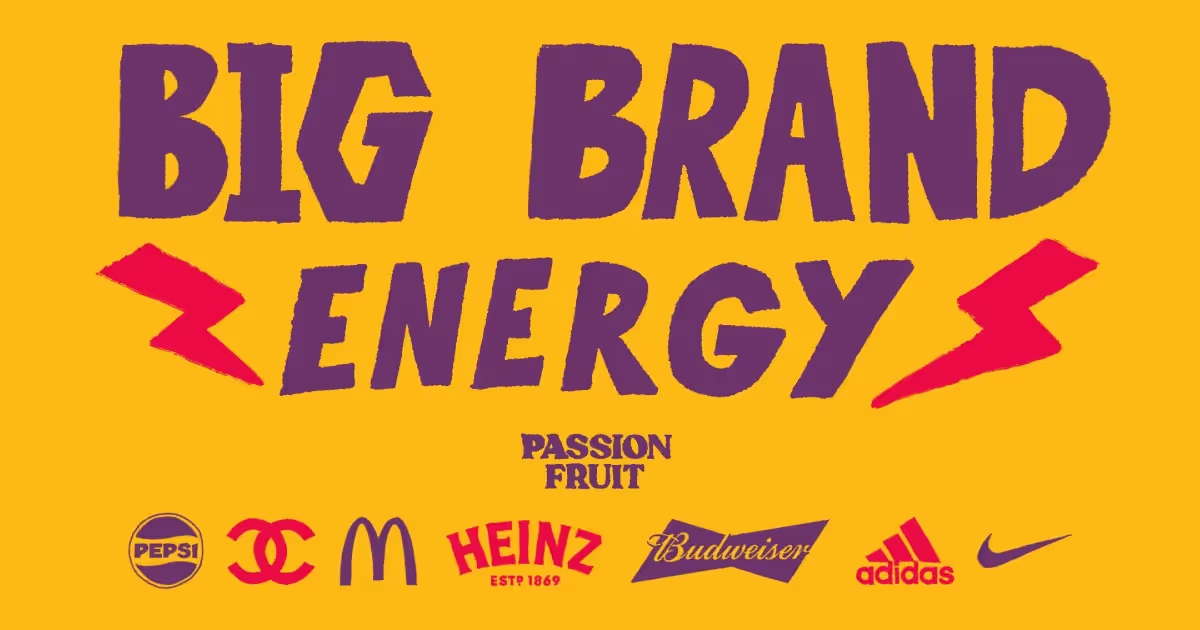Last week, Sadiq Khan passed one of his most controversial reforms as London mayor: extending the Ultra Low Emission Zone (ULEZ) by 18 times its original size, to now cover the vast majority of the capital. Travelling in that zone, high pollution vehicles that were manufactured pre-2015 are obliged to pay an additional £12.50 daily levy.
The response from certain small businesses, low-income families and libertarians was unequivocal, with many claiming the move to be inequitable and regressive. And yet, ahead of the COP26, it feels inevitable that new legislation to tackle the climate emergency - however imperfect - will be increasingly prevalent.
New startups are often engendered by this type of change. New laws enforce new behaviours which produce new wants, needs and desires. In the case of the ULEZ zone, part of a series of global initiatives to change the way people get around major capitals, it makes possible a new era of eco mobility. But who are the startups seeking to capitalise on this moment? What will it take for them to succeed?

Let's meet the contenders
- Zipp - Ireland's leading micromobility provider.
- Karshare - Rent local cars from your community. Instantly book and unlock vehicles from trusted owners with your phone.
- Recurrent - The Best Way to Buy and Drive Used Electric Cars.
- Sharelock - A subscription-based service for bicycle users, granting access to an innovative shared locks network.
- Dollaride - Ride a NYC dollar van along any route for $2.
- AirGarage - The 21st century parking operator. We handle everything it takes to run your parking asset.
- Swytch - Instantly convert any bike into an eBike.
- Flexclub - Car subscription marketplace offering the most flexible way to get a car.
- Swft - Electric transportation designed to move us.
- Treepz - The largest shared mobility platform in West Africa with over 500,000 satisfied customers.
How To Approach Growing The Future of Mobility
As with any startup category, there is no one-size-fits-all rule. Nonetheless, here at Passionfruit we've been thinking about some guiding principles which clearly fit the mobility category:
1) Even if there's a bigger plan, start by doing one thing well:
The temptation as a startup founder is to look at the litany of problems in the market and try to tackle them all at once. Remember that you have to earn the right to solve more of your users problems. As James Currier of NFX reminds us, start at the white hot centre and build out from there.
Sharelock's approach is the perfect one here. Right now, they're solving specifically for the issue of bicycle parking and theft prevention. That will give them a toehold, from which they can easily "go vertical" into bicycle manufacturing and urban planning data solutions.
From a product marketing perspective, it's critical you create different messages for different audiences: make sure investors know the full extent of your vision, but don't let that confuse customers as to the solution you're providing today.
2) Think what you really need community for:
As remote work becomes increasingly popular - with some sources now saying it represents 80%+ of job adverts - there has been a boom in thought leaders proclaiming that a digital community will be a critical part of every startup's future.
This kind of argument is persuasive, but it's also damaging for companies that see building community as launching a Discord channel and inviting lots of people to join. Before you start, get clear on what milestones your community will help its members achieve. What additional bits of value-add do other users provide that your product itself cannot? In the case of mobility startups, that might be exclusive charging points at other members houses, or "insider" routes round cities, for instance.
Once you have an answer in place, and once it has been deeply validated by users - not merely imagined in a meeting room - start by offering the incremental value to a select group of your power users (the greater their own distribution across social channels, the better) and create rituals that provide regular opportunities for those users to honour that new value. If you've successfully designed for that "community/market fit", as Greg Isenberg describes it, within months you will notice word-of-mouth spreading and you will be reaping the manifold benefits of community-led products.
3) Look the part, if appropriate:
Government surveys show that the typical early adopters of many of these new solutions are young men in urban areas with high levels of disposable income - the same people who are members at Soho House, who bank with Monzo, or who shop on Mr Porter.
The red thread that seems to link a lot of these consumption habits is a preference for brands that have doubled down on an unmistakeable aesthetic that govern every touchpoint. And yet only Swft seem to have a brand befitting of that customer persona...
There will always be some edge cases that don't fit that narrow profile, but if you're serious about achieving product/market fit, as Rahul Vohra reminds us so well, you have to be brave enough to build for the high expectation customer (HXC) narrowly and better than anyone else. Of course, different startups may have done work to show that their customer isn't that young-urban-male-type, but you still need to ensure that your brand identity delivers the signals and signs that your audience would want. To learn more about the power of imputation, look no further than the lesson Mike Markkula gave a young Steve Jobs.







